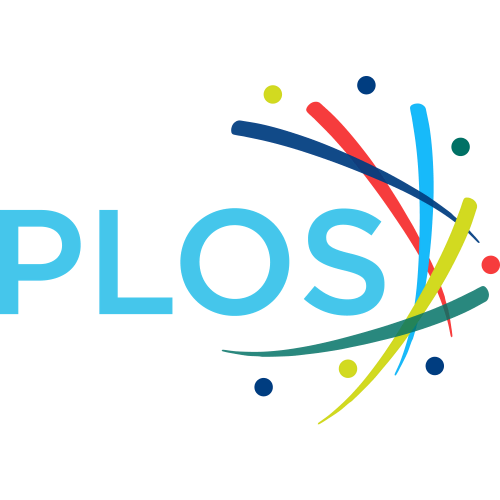
Zebrafish pigment cells develop directly from persistent highly multipotent progenitors
Neural crest cells are highly multipotent stem cells, but it remains unclear how their fate restriction to specific fates occurs. The direct fate restriction model hypothesises that migrating cells maintain full multipotency, whilst progressive fate restriction envisages fully multipotent cells transitioning to partially-restricted intermediates before committing to individual fates. Using zebrafish pigment cell development as a model, we show applying NanoString hybridization single cell transcriptional profiling and RNAscope in situ hybridization that neural crest cells retain broad multipotency throughout migration and even in post-migratory cells in vivo, with no evidence for partially-restricted intermediates. We find that leukocyte tyrosine kinase early expression marks a multipotent stage, with signalling driving iridophore differentiation through repression of fate-specific transcription factors for other fates. We reconcile the direct and progressive fate restriction models by proposing that pigment cell development occurs directly, but dynamically, from a highly multipotent state, consistent with our recently-proposed Cyclical Fate Restriction model.
Top-30
Journals
|
1
2
3
|
|
|
Development (Cambridge)
3 publications, 8.57%
|
|
|
Pigment Cell and Melanoma Research
3 publications, 8.57%
|
|
|
eLife
2 publications, 5.71%
|
|
|
Frontiers in Marine Science
2 publications, 5.71%
|
|
|
Fishes
2 publications, 5.71%
|
|
|
Aquaculture
2 publications, 5.71%
|
|
|
Genes
1 publication, 2.86%
|
|
|
Nature Communications
1 publication, 2.86%
|
|
|
Environmental Toxicology and Chemistry
1 publication, 2.86%
|
|
|
Journal of the Royal Society Interface
1 publication, 2.86%
|
|
|
BMC Biology
1 publication, 2.86%
|
|
|
Nature Chemical Biology
1 publication, 2.86%
|
|
|
Ecological and Evolutionary Physiology
1 publication, 2.86%
|
|
|
Journal of Ichthyology
1 publication, 2.86%
|
|
|
Current Topics in Developmental Biology
1 publication, 2.86%
|
|
|
Life Sciences
1 publication, 2.86%
|
|
|
BioScience
1 publication, 2.86%
|
|
|
Proceedings of the National Academy of Sciences of the United States of America
1 publication, 2.86%
|
|
|
PLoS Genetics
1 publication, 2.86%
|
|
|
1
2
3
|
Publishers
|
1
2
3
4
5
6
|
|
|
Cold Spring Harbor Laboratory
6 publications, 17.14%
|
|
|
Wiley
4 publications, 11.43%
|
|
|
Elsevier
4 publications, 11.43%
|
|
|
MDPI
3 publications, 8.57%
|
|
|
Springer Nature
3 publications, 8.57%
|
|
|
The Company of Biologists
3 publications, 8.57%
|
|
|
eLife Sciences Publications
2 publications, 5.71%
|
|
|
Frontiers Media S.A.
2 publications, 5.71%
|
|
|
The Royal Society
1 publication, 2.86%
|
|
|
SPIE-Intl Soc Optical Eng
1 publication, 2.86%
|
|
|
University of Chicago Press
1 publication, 2.86%
|
|
|
Pleiades Publishing
1 publication, 2.86%
|
|
|
Oxford University Press
1 publication, 2.86%
|
|
|
Proceedings of the National Academy of Sciences (PNAS)
1 publication, 2.86%
|
|
|
Public Library of Science (PLoS)
1 publication, 2.86%
|
|
|
1
2
3
4
5
6
|
- We do not take into account publications without a DOI.
- Statistics recalculated weekly.
















